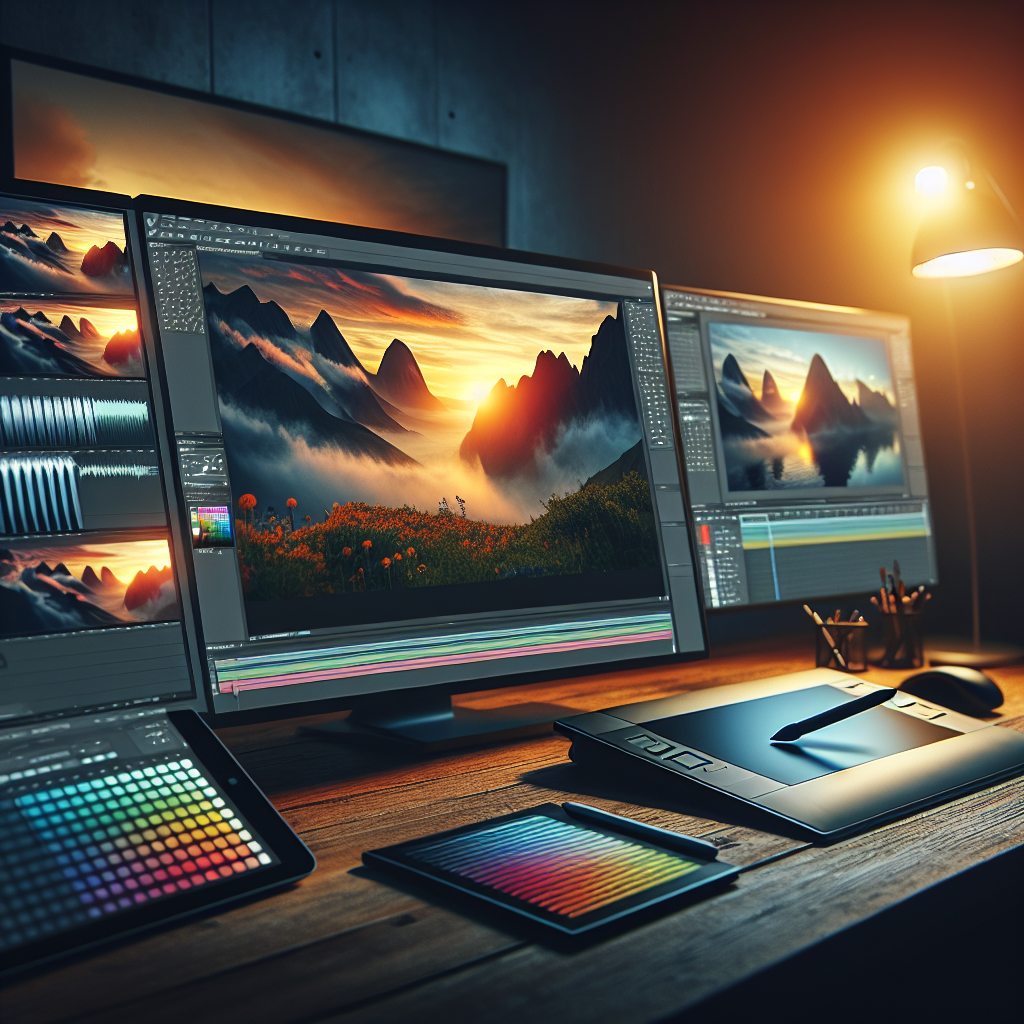In the world of photography, professional retouching is an art that calls for a perfect blend of creativity, technical knowledge, and an eye for detail. Retouching goes beyond mere photo editing – it’s about enhancing a photo to make it look its best, bringing out the details and polishing its elements. However, many people are unaware of the secrets behind this impactful craft. So, let’s start and uncover the mysteries behind professional retouching.
Understanding Professional Retouching
Professional retouching involves modifying an image to correct flaws and improve quality. It’s the final step in the photographic process and is a critical component of professional photography. This process can range from color correction and brightness adjustments to eliminating unwanted objects and enhancing particular elements in an image.
The Power of Raw Files
One secret of professional retouching is that it’s best to work with Raw files rather than JPEG images. Raw files contain higher levels of detail and allow for more comprehensive edits without sacrificing image quality. These files contain data directly from the camera’s sensor, providing richer information compared to JPEGs. As a result, they offer a wider range of adjustment possibilities during retouching.
Mastering the Tools and Techniques
For professional retouching, a retoucher must have a solid understanding and proficiency in photo editing software, like Adobe Photoshop or Lightroom, and techniques such as layer masking, frequency separation, and dodge & burn.
Layer masking allows selective modification of image areas, while frequency separation is a technique often used for skin retouching, segmenting high and low-frequency details for independent handling. The dodge & burn technique helps to lighten or darken specific image parts, contributing greatly towards defining and accentuating details. Mastering these essential tools and methods is key to effective professional retouching.
Focus on Enhancing, Not Altering
Professional retouchers understand the importance of enhancing a picture rather than drastically altering it. Retouching should maintain or improve the integrity of the photo rather than distort it to the point of being unrecognizable. An expert retoucher enhances an image’s finest points while subtly masking its flaws to produce a natural-looking yet impressive final product.
Patience and Precision – The Cornerstones
Effective retouching demands time, patience, accuracy, and a critical, discerning eye – haste or sloppy work can lead to visible mistakes or an unnatural-looking result. It’s important to zoom in and pay attention to every detail to ensure consistency and quality throughout the image.
Conclusion
Professional retouching is a nuanced craft demanding technical expertise, artistic skill, and a patient, meticulous approach. From working with Raw files and mastering diverse tools and techniques, to amplifying an image’s best features while preserving its authenticity, professional retouching is much more than simple image editing. Unveiling these secrets of professional retouching helps to understand the crucial role it plays in rendering images that sit right at the intersection of reality and artistic vision.
Frequently Asked Questions
1. What is the best software for professional retouching?
The most commonly used software for professional retouching is Adobe Photoshop, followed closely by Adobe Lightroom. Both offer comprehensive tools and features for high-quality image retouching.
2. Can anyone learn professional retouching?
Yes, anyone with interest and patience can learn professional retouching. It requires practice to master the necessary tools and techniques, and an eye for detail to spot and correct image flaws.
3. How much time does it usually take to retouch one image?
The amount of time spent on retouching varies depending on the complexity of the image and the level of detail needed in the edits. It can range from several minutes to multiple hours.
4. Which is better for professional retouching, Raw files or JPEGs?
Raw files are typically better for professional retouching because they contain more detailed information, allowing for a superior range of adjustments without loss of quality.
5. What are the most common mistakes in professional retouching?
Common mistakes in professional retouching include over-editing, ignoring the importance of lighting and shadows, poor color correction, and inconsistency in retouching across different areas of an image.

